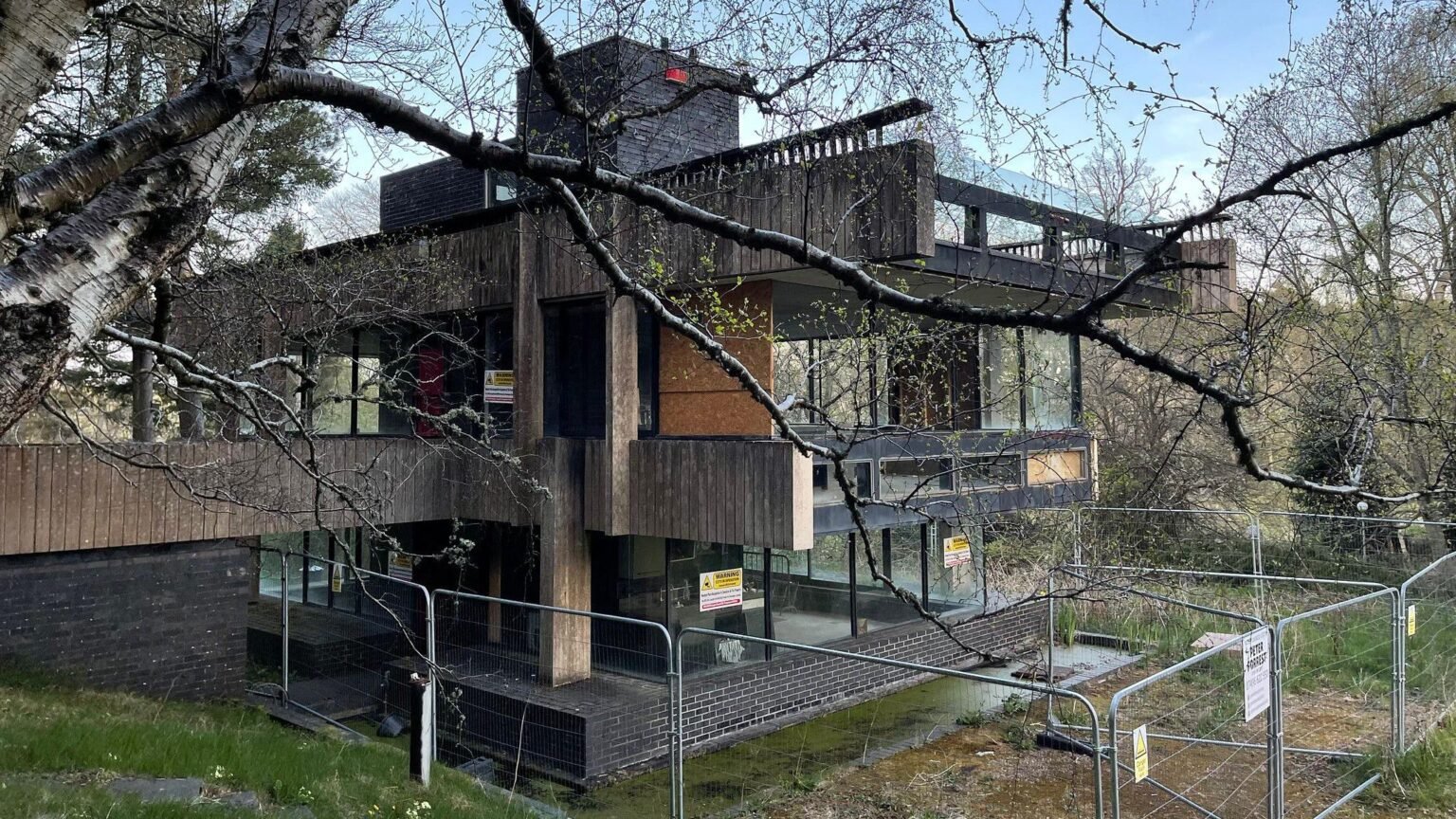Bernat Klein Studio Restoration: Breathing New Life into a Modernist Landmark
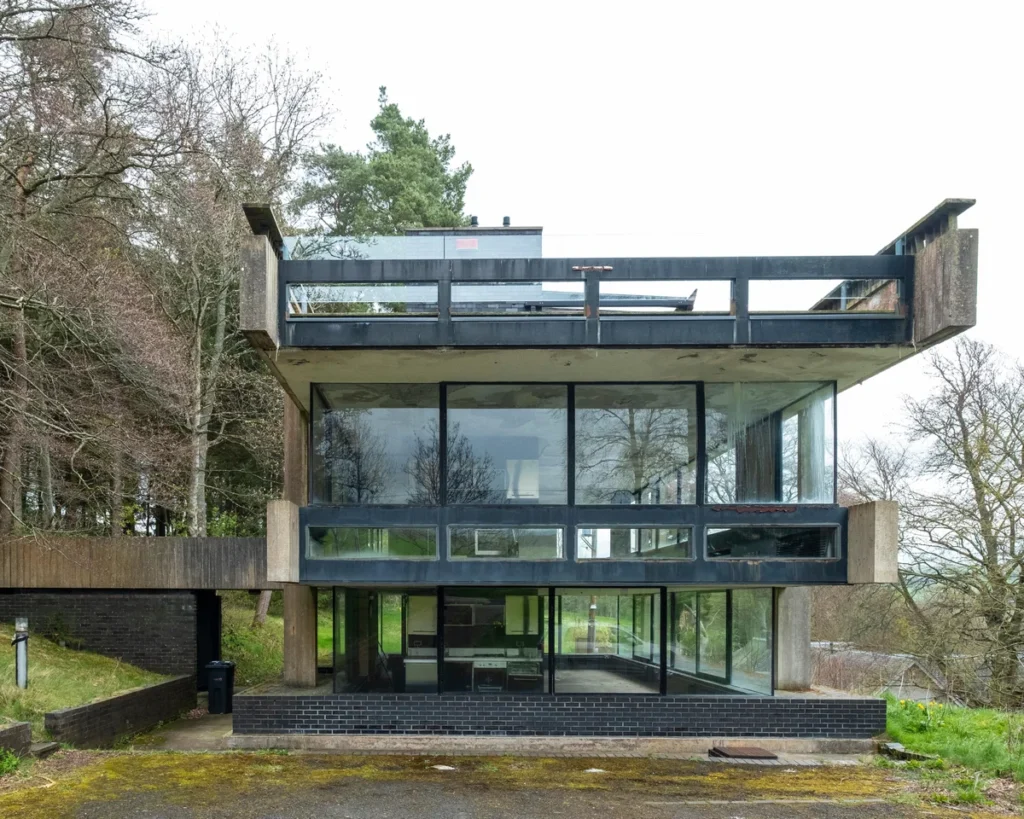
The Bernat Klein studio restoration has officially begun after the iconic designer’s former workspace was sold at auction for £279,000—far exceeding its guide price. This marks a crucial step in preserving Scotland’s rich design and architectural heritage by transforming the decaying structure into a vibrant creative arts centre.
Heritage Triumph: Studio Once Valued at £18K Fetches £279K
The modernist studio, situated near the A707 in the Scottish Borders close to Selkirk, was built in 1972 specifically for Klein’s design work. Despite decades of neglect, the Category A-listed building drew intense interest when it went to auction with Savills. The final selling price — over 15 times the initial guide — underlines its cultural significance and potential.
Designed by Brutalist Architect Peter Womersley
The studio was the brainchild of Peter Womersley, a pioneering British architect known for his bold use of concrete and brick in the brutalist tradition. Womersley also designed Klein’s nearby home, High Sunderland, constructed in 1958 and similarly listed for its architectural value.
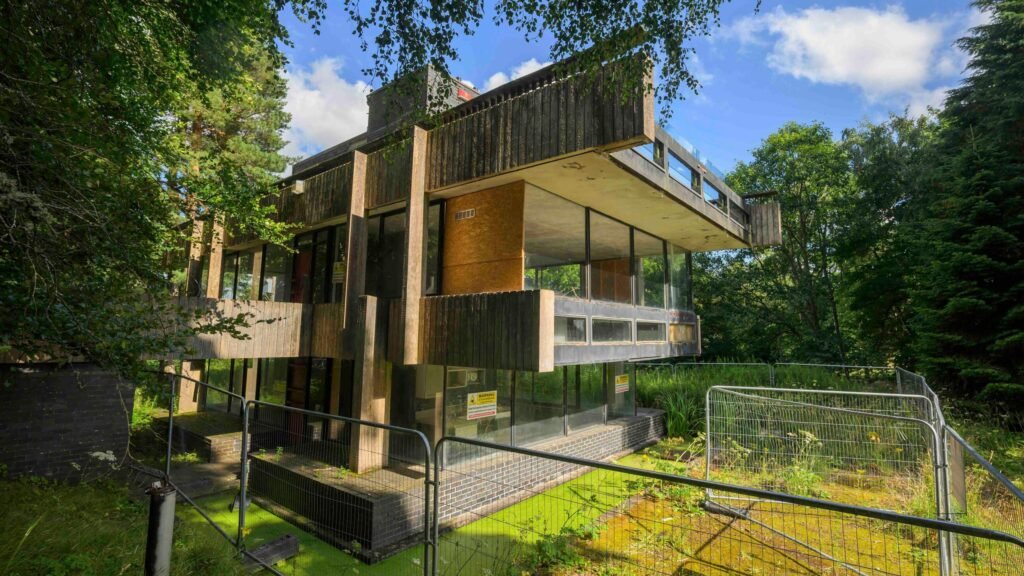
Though the studio has suffered serious decline for over 20 years, it remains a rare example of mid-century modernist architecture in Scotland, attracting admiration from heritage and design experts alike.
Heritage Champions Support Bernat Klein Studio Restoration
A powerful coalition including the Bernat Klein Foundation (BKF), the National Trust for Scotland (NTS), and the Scottish Historic Buildings Trust (SHBT) spearheaded the winning bid. The collective effort underscores a unified mission: to preserve and repurpose the structure for public benefit.
Their joint vision is to restore the studio into a design space and cultural venue, while anchoring it as a permanent base for the BKF’s public engagement activities.
Bernat Klein Studio Restoration to Inspire Creative Future in Scottish Borders
With the studio now under new ownership, attention shifts to its rehabilitation. The estimated cost of restoration may reach or exceed £3 million, and will require the expertise of conservation architects and craftspeople.
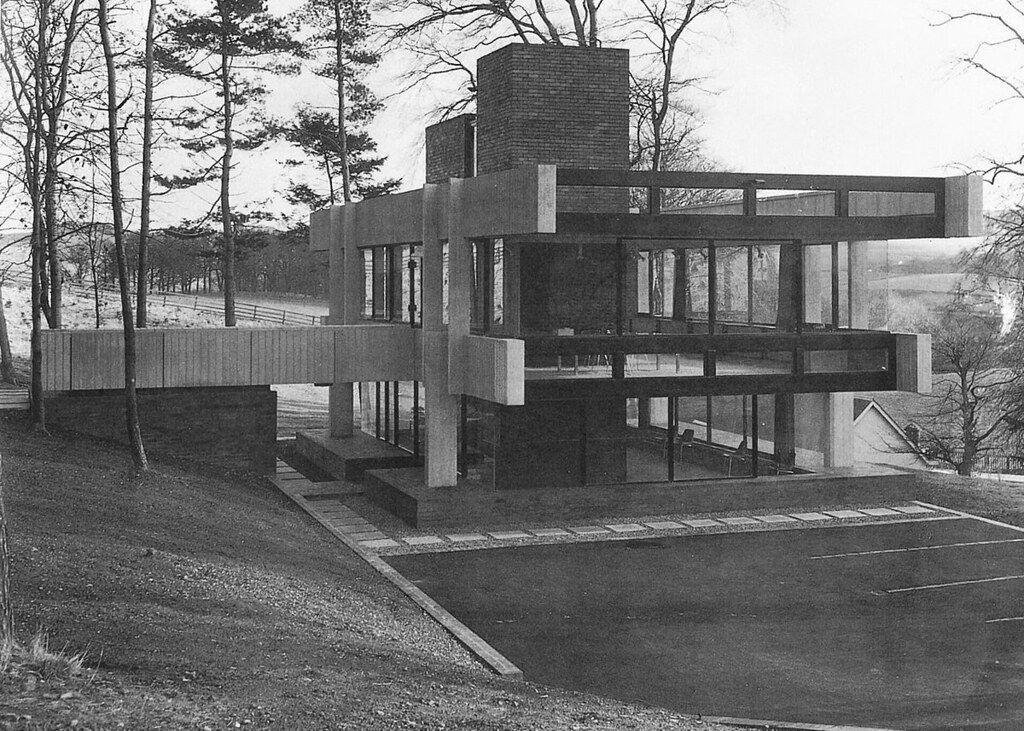
Still, the new owners are optimistic. Prof Alison Harley, chair of BKF, expressed confidence:
“We are delighted that after many years, the future for Klein’s Studio looks very bright.”
Plans include hosting workshops, exhibitions, and educational programmes — all honouring Klein’s legacy while cultivating new creativity.
From Ruin to Renewal: What Happens Next?
According to SHBT Director Dr. Samuel Gallacher, acquiring the studio is only the “first step” in a broader, long-term project. Restoring a building of such complexity — especially one so closely tied to Scotland’s cultural history — will require not just funding but patience and collaboration.
Philip Long, CEO of the NTS, emphasized the building’s potential to inspire future generations:
“Now through our partnership we can be confident this significant building, the story of its architect and its resident, will survive and inspire new creativity.”
Bernat Klein’s Enduring Legacy
Bernat Klein was an influential figure in 20th-century fashion and textile design. His collaboration with fashion houses such as Dior and his innovative use of colour and texture helped define modern textile aesthetics. His studio was not only a workspace but a creative sanctuary where design, weaving, and sample exhibitions flourished.
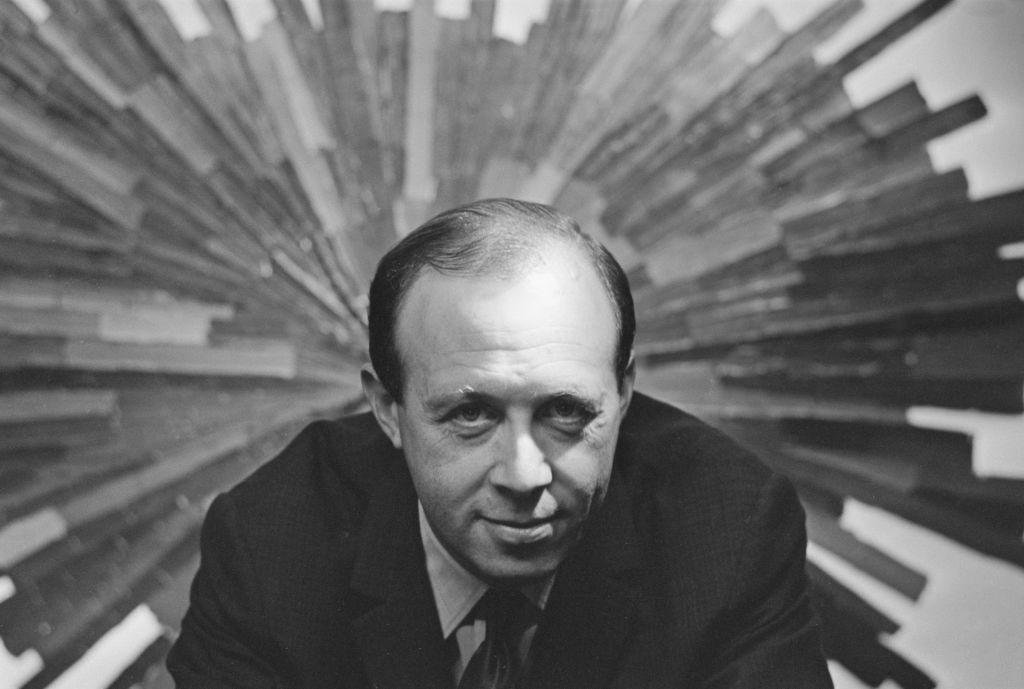
The restoration project serves as a tribute to his genius and a platform to pass his passion on to future designers, artists, and creators in Scotland and beyond.
A Bold Vision for Design Heritage
The sale and proposed restoration of the Bernat Klein studio reflects a renewed commitment to preserving Scotland’s design heritage. More than just a building, the studio is a cultural artefact — and soon, with care and creativity, it could become a hub of artistic innovation once again.
